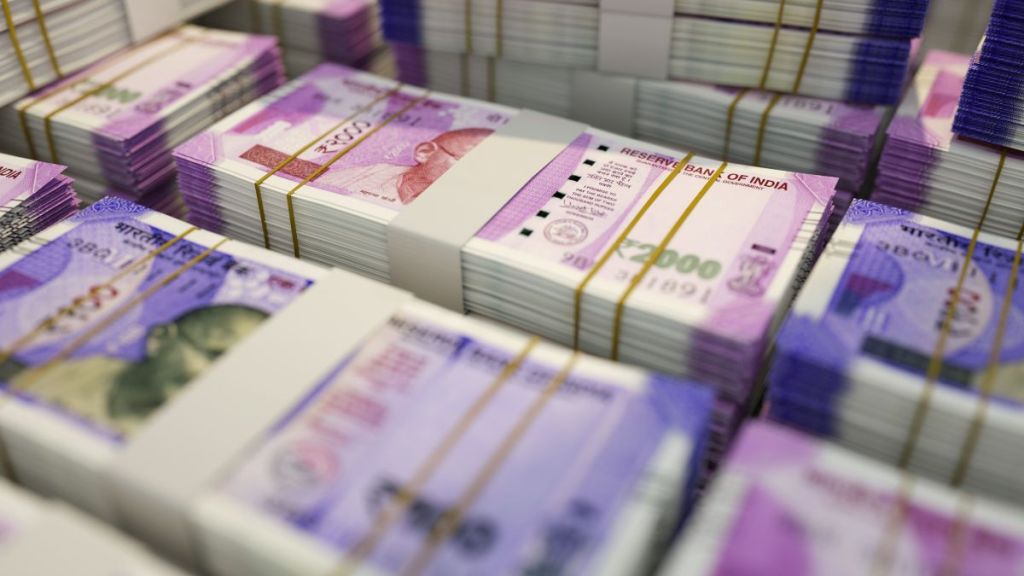Finance Minister Nirmala Sitharaman unveiled her sixth consecutive budget on February 1 presenting the interim Budget. Sitharaman had projected the fiscal deficit to narrow to 5.8% in the current year and further to 5.1% by 2024-25.
In the interim Budget for the fiscal year 2024-25, the total expenditure was projected to be Rs 47,65,768 crore. This includes a significant capital expenditure amounting to Rs 11,11,111 crore. The Effective Capital Expenditure for the year 2024-25 was slated to be Rs 14,96,693 crore, marking a notable 17.7% rise over the Revised Estimates of the previous fiscal year.
In terms of resources allocated to the States, including the devolution of the State’s share, Grants/Loans, and releases under Centrally Sponsored Schemes, the Budget for 2024-25 allocated Rs 22,22,264 crore. This reflects a substantial increase of Rs 4,13,848 crore compared to the Actuals of the financial year 2022-23.
Here’s a break up of where the rupee comes from and where it goes.
Where does rupee come from?
According to budget documents, the government’s revenue composition reveals that the highest share, 28%, comes from Borrowings and Other liabilities. Income Tax follows at 19%, closely trailed by Goods and Services Tax (GST) at 18%.
Corporation tax contributes 17%, while non-tax receipts make up 7%. Union Excise Duties and Customs together account for 9%, with Non-debt Capital receipts constituting 1% of total income.
Where does rupee go to?
On the expenditure front, the largest allocation, 20%, is earmarked for Interest Payments and the state’s share of tax duties. Central Sector Schemes and Other Expenditure each claim 16% and 9% respectively, while the Defence sector, Central Sponsored schemes, and allocations from the Finance Commission each receive 8%. Subsidies constitute 6% of total spending, with Pensions accounting for 4%.

